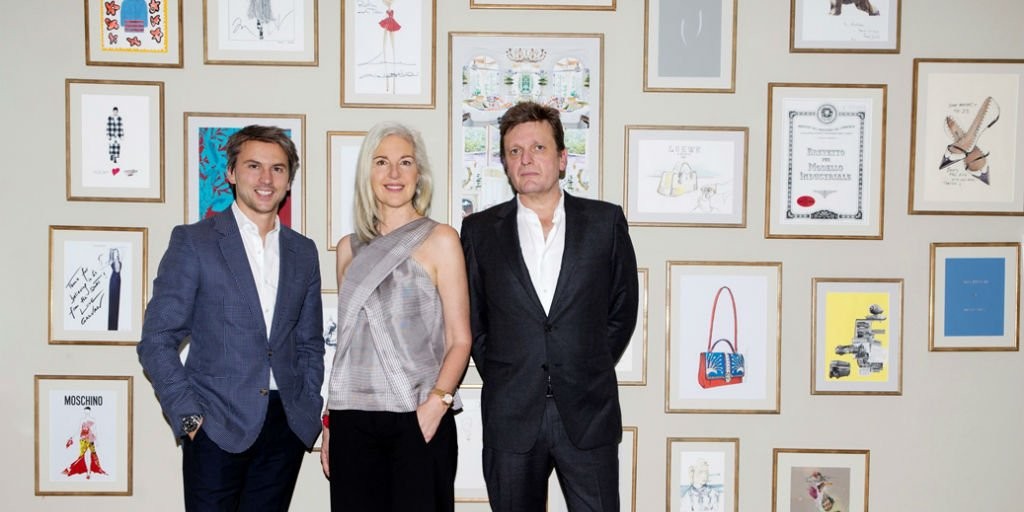NEW YORK — Unless a company is Farfetch or Reformation, chances are that it’s been aggravatingly slow in harnessing digital technology to truly transform its business. Too often, luxury incumbents treat technology as that shiny new toy’ — mostly as an advertising opportunity, not a business model.
The differences in approach are profound. As advertising, technology allows for more effective ad planning. As a business model, however, it opens up new revenue streams and transforms everything from the supply chain to operations, marketing, merchandising, and materials used in production.

The gap between these two scenarios reveals the traditional luxury sector’s short-term approach to its own business growth. In contrast, vertically integrated, direct-to-consumer modern luxury companies broadly adopt a long-term view. They’ve built their enterprises with technology at the core, and in the process they’ve accumulated a wealth of consumer data, have created nimble, fast-moving organizations, and have benefitted from investments in sustainable, transparent supply chains.
Scale alone isn’t the way to win now.
The technology gap also reveals a discrepancy in competitive fitness among the giants of the global fashion market. In the past, the competitive edge was achieved through amassing scale, opening new stores, and increasing corporate marketing budgets.
Today, this isn’t the way to win. The new marketplace — a consumer-centric one — no longer supports that strategy. If the twentieth century was the age of the corporation, the twenty-first century is the age of the consumer. Closest to consumers are vertically integrated, direct-to-consumer fashion companies that didn’t exist a decade ago. They are now here to knock incumbents off their mantle. Joining them are online retail aggregators, and — despite vocal industry deniers — Amazon.
Some friendly advice for legacy brands.
To rapidly shift their vantage point towards consumers, incumbents need to understand the role that digital technology can play in their business beyond advertising.
They should examine whether they are using digital technology with the end-consumer truly in mind, or as a means to make it more about themselves. They also need to ask whether the way they’re using technology creates just incremental value for their business versus truly transforming it.
Depending on their answer, there are four directions incumbents can take.
- Addition (creating incremental value, market focus). A legacy company becomes more valuable if it uses technology to add a new revenue stream to its core business. Technology is used as a value-add to the business’ traditional value chain, and it becomes its additional sales and marketing channel. LVMH launched 24sevres.com for this purpose.
- Systems (creating transformative value, market focus). A company can choose to grow by creating value outside of its traditional value chain. It builds a service around its existing product offerings and treats it as a new source of revenue. Goop’s expansion from a publisher into a retailer created a new market and a new audience for the company while enhancing its core value proposition.
- Design (creating incremental value, customer focus). Companies that use data, CRM and customer service make their existing products and services more desirable and relevant from the standpoint of end-customers. These companies do not transform the core business they are in; rather, they improve it incrementally. Matches Fashion offers VIP and personal stylists services to make their business more viable and attractive from a customer point of view.
- Disruption (creating transformative value, customer focus). A fashion company that creates a completely new value in the established industry is considered disruptive. It creates a value chain that is radically different than the one that the industry has been built around. Reformation is a direct-to-consumer B-corp that uses recycled and vintage materials to produce its clothes.
Fashion industry talks a lot about innovation. It throws money at initiatives that promise disruption, but that really, in the end, merely use digital technology as added value to its existing business. There is nothing wrong with incremental innovation — that is, unless those around you are in the business of transformation.






